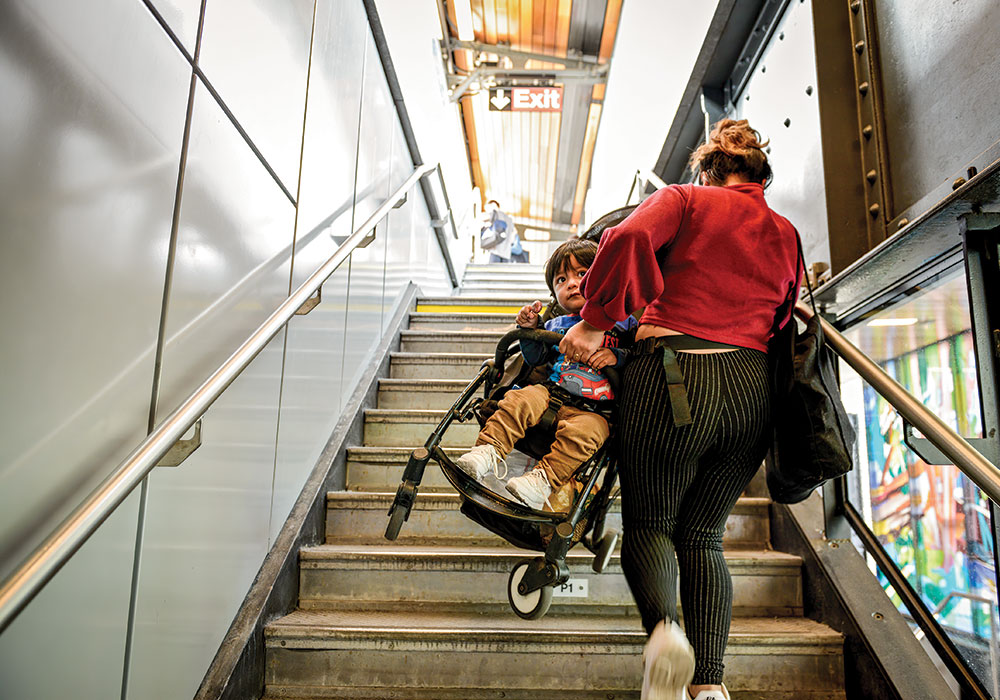
Safety over speed week: Drive like your kid business lives here
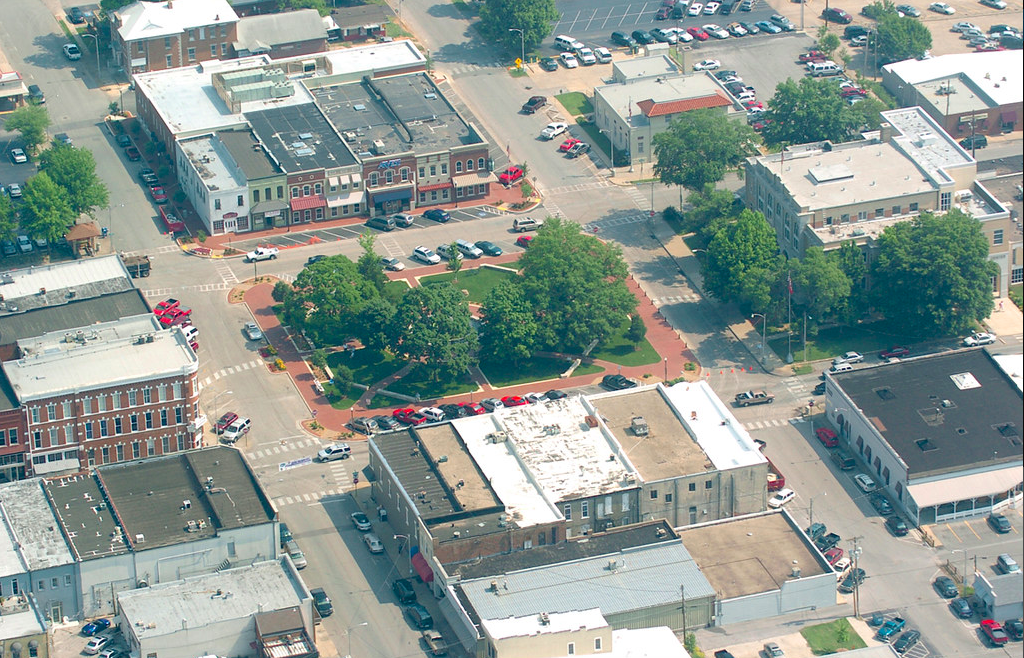
Economic slowdowns are generally a bad thing. But slowing down might be good for the economy, so long as we’re slowing vehicle speeds. Streets designed to accommodate (slow) drivers, people walking and biking, and transit riders are better for businesses, save money on health care costs, and can help businesses attract and retain talent.
It’s “safety over speed” week here at T4America, and we are spending the week unpacking our second of three principles for transportation investment. Read more about these principles and if you’re new to T4America, you can sign up for email here. Follow along on @T4America this week and check back here for more related content all week long.
Imagine a vibrant commercial corridor, with people window shopping, eating at a sidewalk cafe, or chatting in a plaza. Perhaps there are cars parallel parked under trees planted next to the wide sidewalk. Some are locking up their bikes while others are waiting at a clearly marked bus stop. Cars are traveling slowly and crosswalks are frequent.
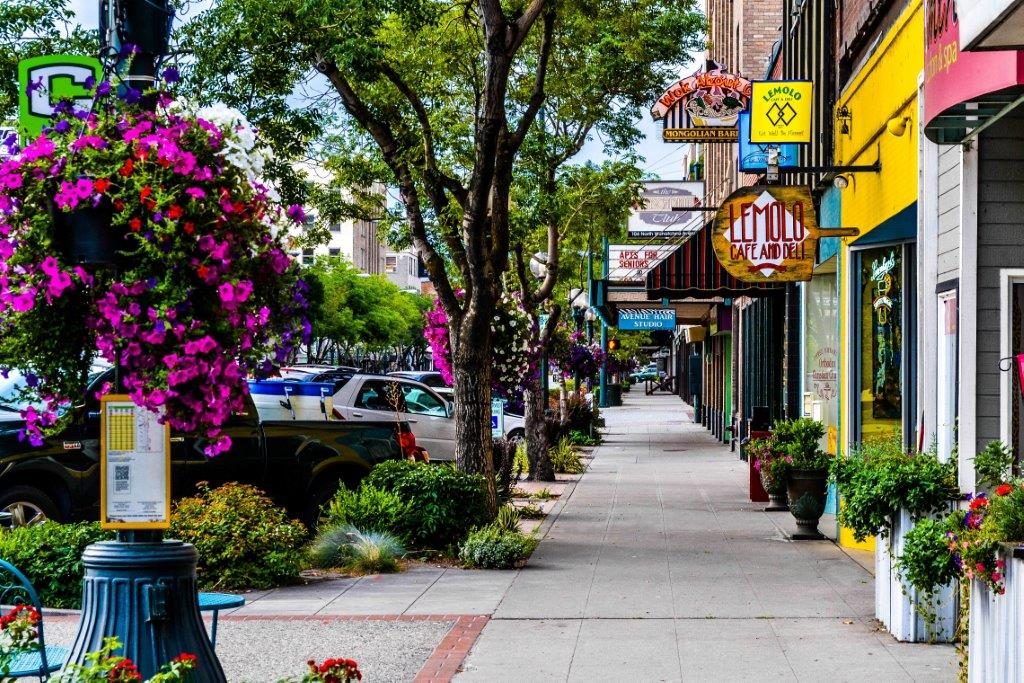
Now imagine that place where the slow traffic is replaced by high-speed vehicles on the nearby roadway. The sidewalks no longer feel like a place to stroll and window shop and outdoor seating is unpleasant—the people have disappeared because it feels unsafe. The sidewalk might be narrowed and trees removed to accommodate more lanes to move more cars quickly past the once vibrant corridor. The people may be gone, but the businesses are still there and struggling to hang on.
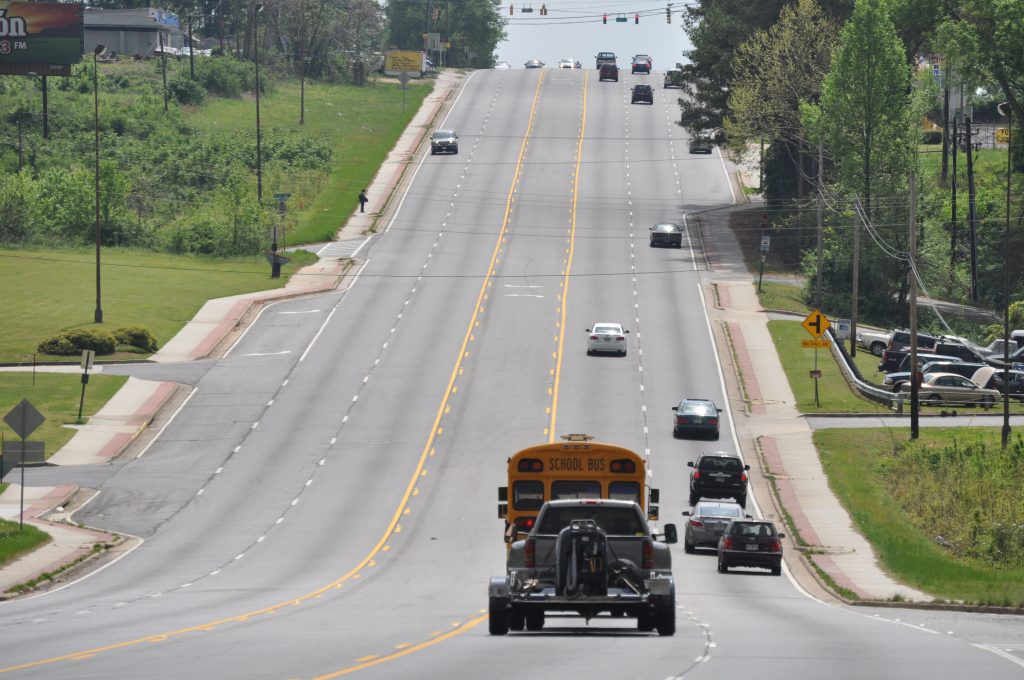
In America today, we are much more likely to build the second lifeless street that prioritizes speed than we are to build the first vibrant street that prioritizes safety.
Our transportation policies are designed primarily to move vehicles as quick as possible while ignoring other users. Instead of sidewalk cafes and cyclists locking their bikes, the street is empty. Instead of parking and shopping, motorists speed through, on their way to somewhere else. Public transit riders have disappeared too, as this is no longer a destination, it is a place to drive-through. 1
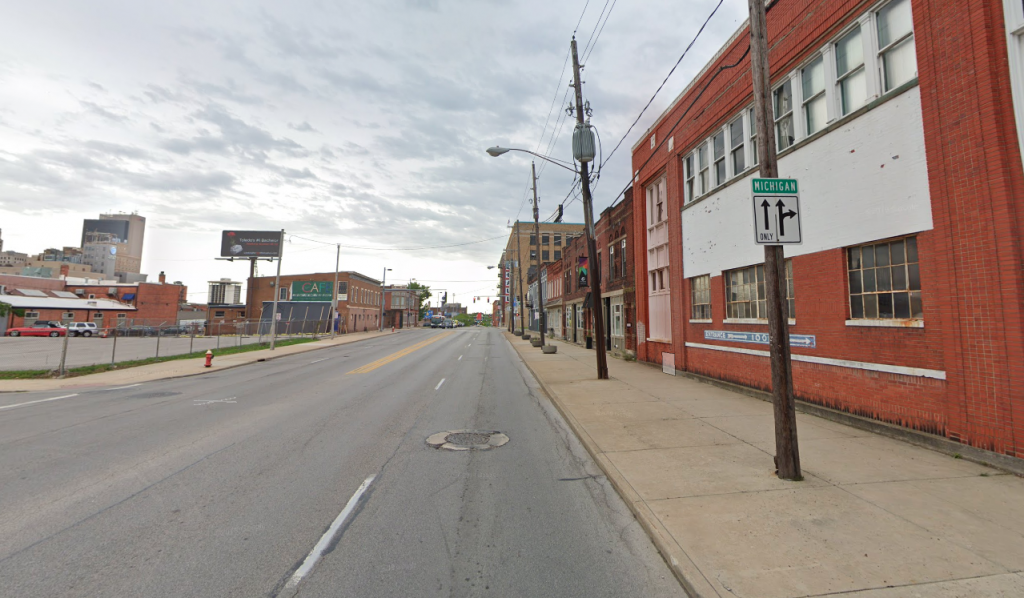
Our focus on keeping cars moving above all else harms local economies. Study after study has shown that business sales at worst stay the same but often increase when we redesign streets to lower speeds and safely accommodate people walking and on bikes. Getting more people (i.e potential shoppers) on the street is key.
Streets with slower speeds are more inviting for everyone, including people walking, biking, and taking public transit, creating the crowds which spend and invest in the corridor. Streets with slower speeds enable environments where people will spend time and linger, creating a sense of civic community, a sense of place. Streets like this are the basic building block of creating and capturing long-term value. And most cities and towns, whatever their size, would never survive without having these incredibly financially productive corridors.

Downtown Erwin, TN photo by Brian Stansberry. Licensed with Creative Commons 3.0
Healthy streets are good for business
Beyond these direct economic impacts of safer streets, making it safer for people to walk or bike can improve community health and reduce medical costs, freeing up public and private dollars to be invested in other ways.
A 2010 report from the National Highway Traffic Safety Administration (NHTSA) found that bicycle and pedestrian crashes caused “$16 billion in economic costs and $87 billion in comprehensive costs, accounting for 7 percent of all economic costs, and 10 percent of all societal harm (measured as comprehensive costs).” Imagine all that money, which could otherwise be spent in local communities.
Making your downtown a safer place to walk is a key component of economic competitiveness in today’s economy. Research indicates that companies of all sizes are increasingly relocating to walkable and transit-accessible downtowns because that’s where talented workers want to be. Amazon’s recent search for a second headquarters—where access to transit was a core requirement—is just one example of this larger trend. We wrote about State Farm’s similar move to consolidate dozens of offices in just a few transit-connected, walkable locations a few years back.
Congress urgently needs to decide whether or not to prioritize safety over speed with the billions in transportation dollars they give to states and metro areas each year, but fortunately, we do not have to choose between safer streets and our economy. We just have to choose safe streets.



